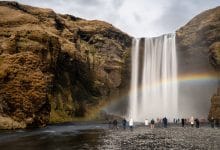Ask anyone you know about the country of Iceland. No doubt they’ll talk about its glaciers, mountains, volcanoes, hot-springs or waterfalls. While these are all stunning sights, Iceland has so much more to offer. Diving in Iceland is an up and coming activity that anyone can participate in! From hydrothermal vents to shipwrecks and even diving between tectonic plates a whole other side of Iceland lies below the surface waiting to be discovered. There’s no better time to visit than now!
It’s funny. Most Icelanders we spoke to had no idea about diving in Iceland. Many were quite surprised that their country had so many epic diving spots. But the fact is, some of the top Iceland diving spots are right under their noses!
You may find yourself asking When to go to Iceland but rest assured that the diving in Iceland is great year round!
The Best Diving in Iceland
Diving in Iceland is varied to say the very least. From beginner guided dives for those of you with open water certifications to advanced Nitrox and drysuit scuba diving, Iceland has a dive for everyone. You’ll want your PADI open water dive certification at a minimum for all the diving in Iceland we discuss below.
Diving in Iceland shouldn’t be taken lightly however, as with all dives you must go prepared and with a plan. One of the best options is to go with a certified local dive master. Not only will you find all the best spots without wasting time but you’ll have someone with knowledge of the local hazards to help keep you safe.
Read More: What to wear in Iceland: Layer like a Pro
Dive or Swim Between Continents at the Silfra Fissure
At Thingvellir National Park, this land of fire and ice shows off its strength once again… this time by tearing the country in two. The Silfra fissure is an area of Iceland where tectonic plate movement is literally ripping the country in two. When we talk about diving in Iceland this is easily the most famous of the dive spots we’ll cover.
As the North American and Eurasian plates drift apart (speedily at ~2cm/year) the gap is filled with glacial runoff water from a subterranean aquifer. This water, filtered deep underground and through the porous lava rock is immaculately clear. Visibility in the fissure is reported to be over 100m nearly continuously. The crystal clear water is breathtaking, even more so for someone like me from Canada where we regularly experience little to no visibility. It’s like floating in space!
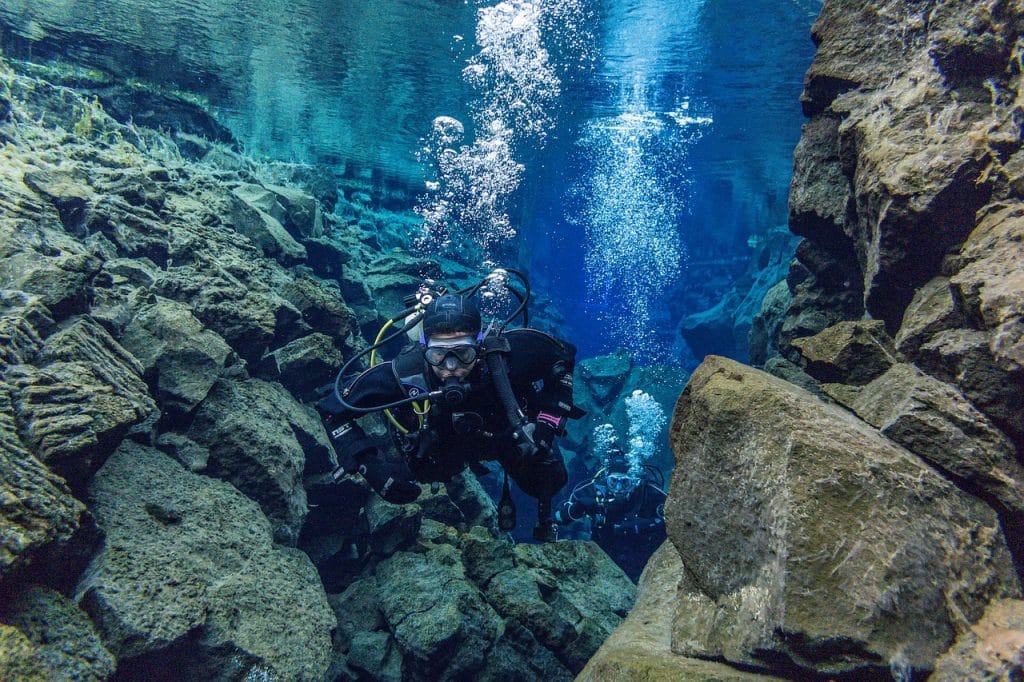
Diving or snorkeling the Silfra Fissure are options year round. However the suggestion is to partake mid summer when daylight hours are long and the water is slightly warmer (4°C vs the usual 2°C). To spend any amount of time in the fissure a drysuit is recommended however 30-45 minute snorkel trips are regularly performed in either wetsuits or drysuits. Because the Silfra Fissure is located only 45 minutes north east of Reykjavik it is easily accessible and it qualifies as my favorite spot to go diving in Iceland!
Go Diving on the Hydrothermal Vents at Strytan
Hydrothermal vents, (underwater volcanoes) are typically found at depths of more than 2100m, inaccessible to any diver and usually explored by specialized deep water submersible. Iceland however pulls another punch at Strytan in the country’s north. Here explorers have found the only hydrothermal chimneys in the world that are shallow enough to dive to. As part of a guided dive participants can get up close and personal with these rarely seen formations and their unique ecosystems!
The protected area of Arnarnesstrýtur is a small group of small chimneys that rise from 22 m to 15 m. Hot 78°C water spews from the vents at over 100 litres per minute. As the hot fresh water and cold sea water meet minerals from the hot geothermal water drop out of solution to create these amazing sea stacks. Take a glove off and feel the temperature change near the vents. It’s something to be experienced in order to be believed!
At least one tour outfit takes a thermos on the dive with them to capture the hot freshwater from the vents and then makes hot chocolate with it at the end of the dive!
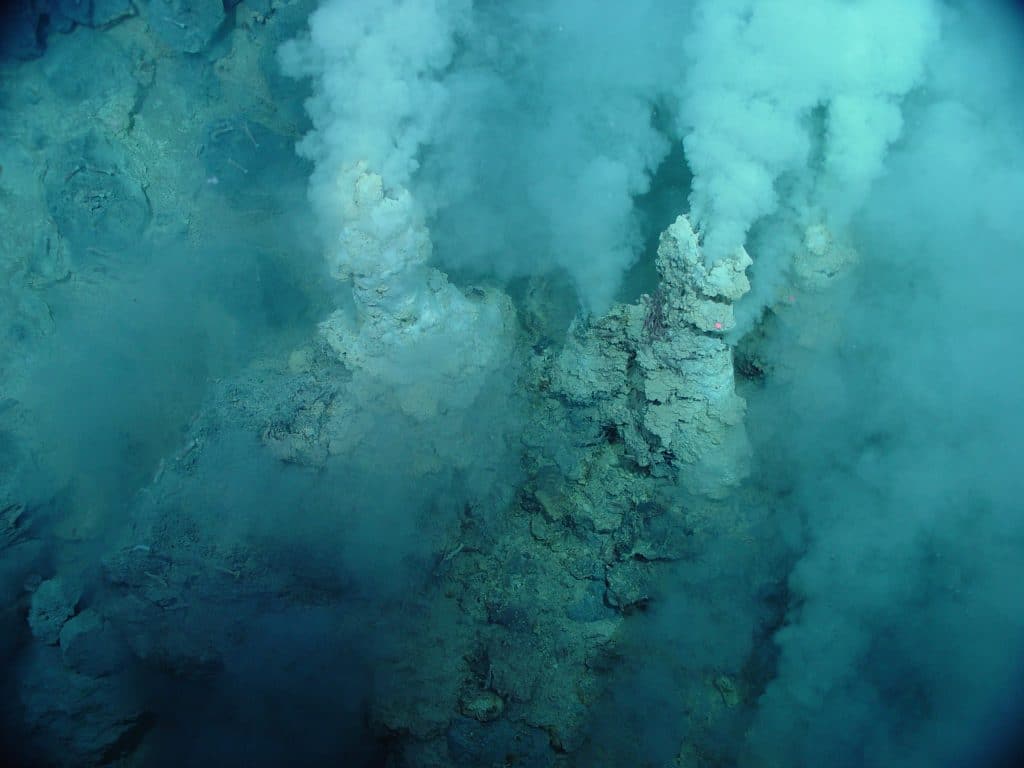
It should be noted that this dive is only for advanced divers! Divers that decide to visit this amazing natural wonder need to have good control of their buoyancy so as not to run into anything. The currents can also be very strong and divers will have to be up to the task of fighting them.
Explore shipwreck dives in Faxafloi Bay
Faxafloi bay, northwest of Reykjavik is the largest bay in Iceland. It’s also the home to multiple wreck dive sites. One of the most popular, the Sigurjón HF 210 sank in 1992 just outside of Reykjavik. Laying in only 12-24m of water (depending on the tides) it’s one of the most accessible wreck dives in Iceland as an open water certification is all that’s needed vs. a more advanced certification to visit the likes of the SS El Grillo.
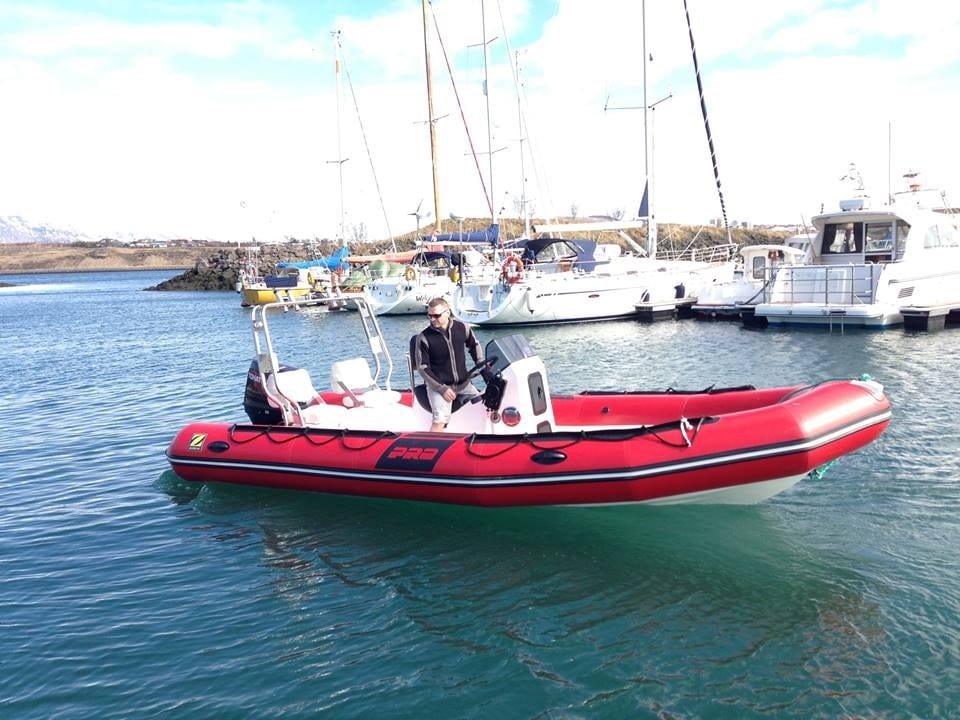
The boat ride to the dive site is nearly as scenic and memorable as the dive itself. Views of numerous small islands in Faxafloi bay are backed by distant mountains, waterfalls and glaciers. Leaving from Reykjavik this is an easy afternoon dive taking no more than 3.5-4 hours as part of a day trip tour. A great introduction to diving in Iceland if you’ve just arrived!
Dive a Geothermal lake
Kleifarvatn Lake is a geothermal spring near Reykjavik. Located only 30 minutes south of the city Kleifarvatn is also one of the easiest to access when considering diving in Iceland. Driving through a moonscape of black volcanic rock will leave you awestruck and the dive itself is no different.
When you arrive at the edge of the lake Ignore the rotten egg smell of sulphur & gases and gear up. Upon entering the spring you’ll follow a handline on the lakebed to a geothermally active cratered area around 10m deep. Here, continuous columns of bubbles rise from the bottom all around you creating a mystical, once in a lifetime, experience you’ll want to tell all your dive buddies about.
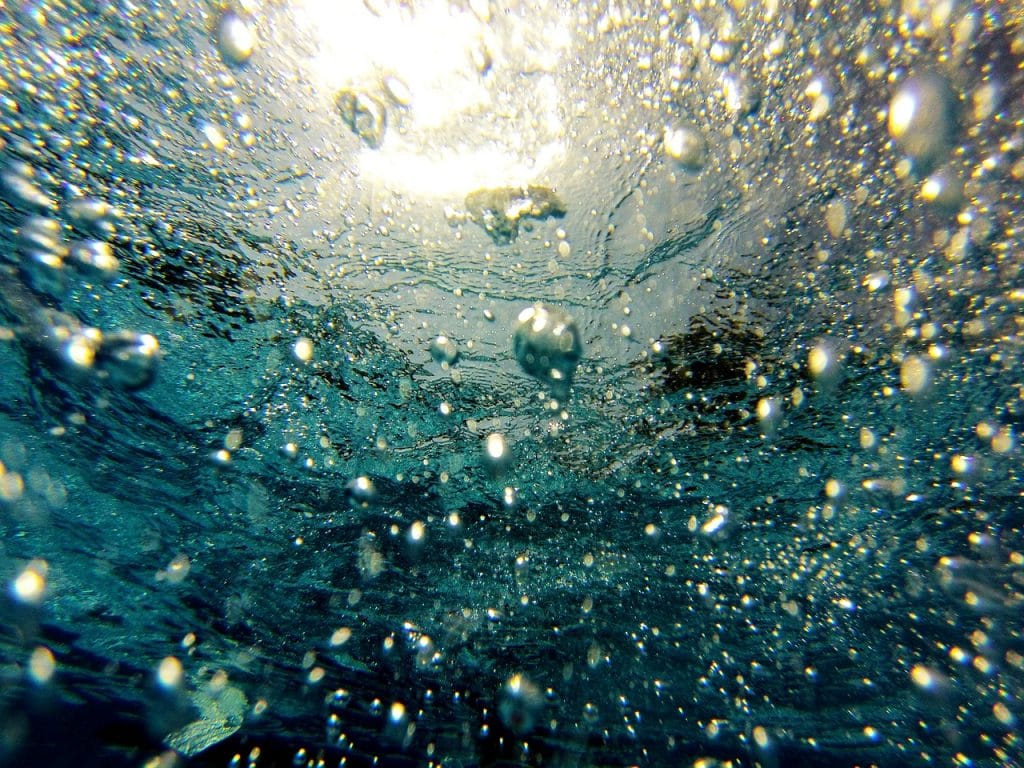
Further into the spring you’ll find a few deep craters with towering overhanging walls where the bubbles appear to emanate from a bottomless black pit. The gas escaping from the earth can actually cause the rock walls to vibrate. Get up close and feel it yourself! Between the bubbles, the vibrating rocks and the brown trout that spawn and then die in the spring it can be an eerie experience. But it’s like nothing else in the world!
Read More: 9 Secret Hotsprings in Iceland you Must Visit
Tips for Diving in Iceland
Follow these simple tips while diving in Iceland to make your experience both safe and fun!
- Stay Warm! Much of the diving in Iceland is cold water diving and includes near freezing water. A drysuit can make all the difference to your enjoyment of a dive here.
- Seek Out Local Knowledge! Knowing your dive is very important. Talk to the local outfitters to get the lay of the land before attempting any dive!
- Check and Double Check! Always remember to perform a buddy check to verify your gear is in working order before you dive. Check and recheck your regulator, air, BCD, straps, weights, and zippers before entering the water!
- Enjoy Yourself! It’s not often you’ll get the chance to dive these exclusive spots. While everything else is important make sure you relax and enjoy your diving in Iceland!
- Wait to Fly! It shouldn’t need to be said, but make sure you plan your trip so that you’ve got a minimum of 24 hours after your last dive before you plant to get on a plane home!
How to go Diving in Iceland
While in Iceland you’ll have no trouble renting dive gear and we would highly recommend joining a tour. Certified tour operators run all levels of diving in Iceland. Typically offered as a package with transportation and rental equipment, they will cater to your needs and abilities to ensure you have an excellent dive with a minimum of hassle.
If you must go diving in Iceland on your own you’ll want to rent a vehicle. Most of the spots are quite out of the way. Search out some of the Icelandic diving outfitters based in Reykjavik for local knowledge on dive sites, conditions and rentals equipment.
Read More: Visiting Iceland’s Blue Lagoon
Have you been diving in Iceland?
Have you dived any of these epic spots? What was your favorite part of diving in Iceland? If you’ve been or are planning to go drop us a comment below, we’d love to hear all about it!




